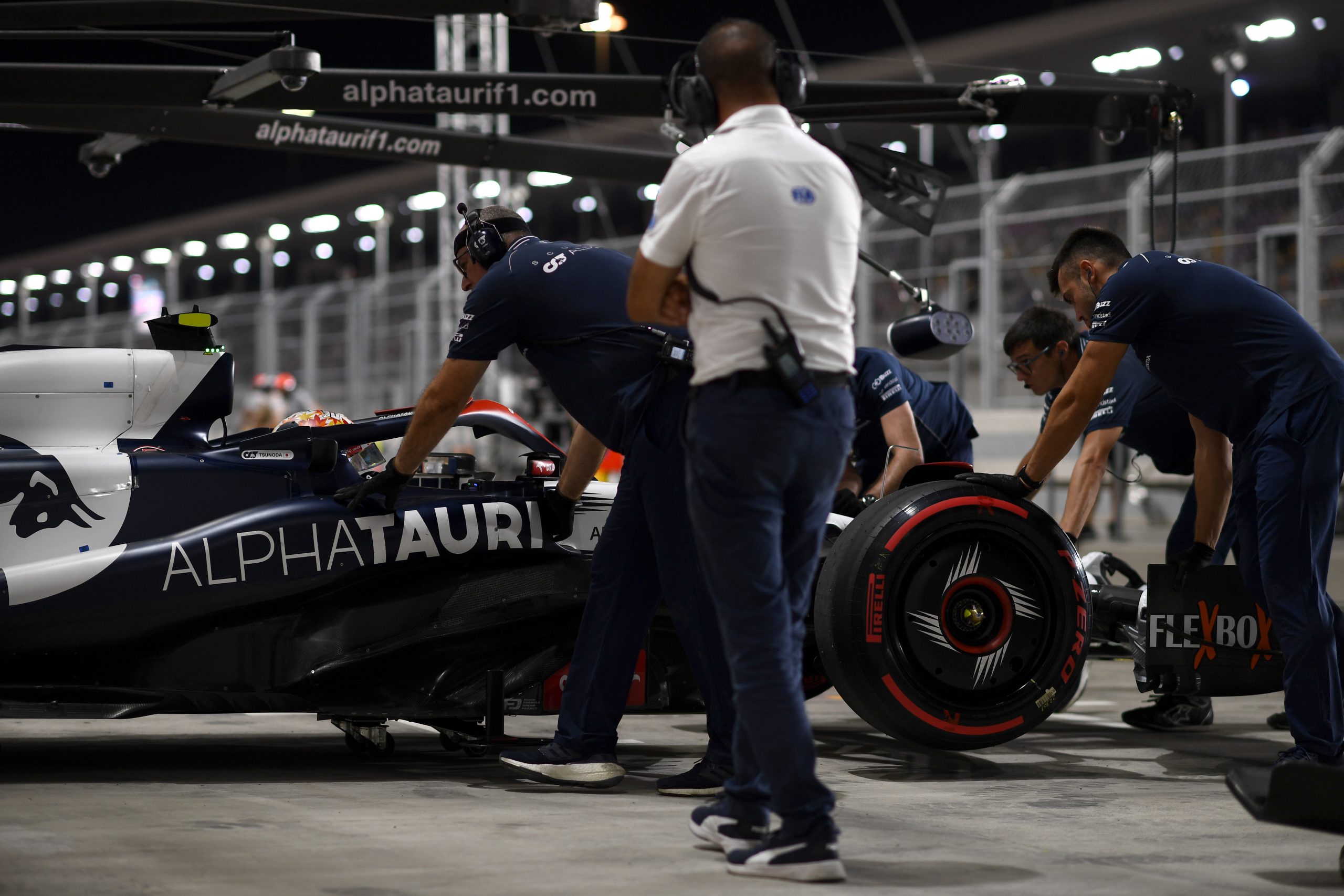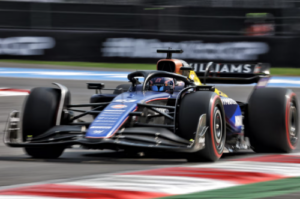The FIA has issued a series of changes to address the tyre-related concerns ahead of this weekend’s Qatar GP.
Just hours before the Qatar GP Sprint Race Shootout, the FIA has released a series of changes for this weekend. Safety concerns related to Pirelli’s tyres have prompted last-minute alterations to avoid a nightmare on Sunday.
Worries had already been expressed heading into this weekend, given the numerous punctures in the 2021 Qatar GP. Evidently, there are legitimate concerns that a similar scenario could repeat itself in the 2023 edition.
The FIA has announced the implementation of the following changes:
This issue has likely been caused by the high-frequency interference between the tyre sidewall and the 50mm ‘pyramid’ kerbs used extensively at this circuit, aggravated by the propensity to ride those kerbs.
The following actions will be taken on safety grounds in response to this issue:
- Track limits at Turns 12-13 will be revised.
- There will be a 10-minute Practice Familiarisation Session, scheduled to start at 16:00 local time, following the revision of the track limits, to allow drivers to adjust to the changes. The Sprint Shootout will therefore start 20 minutes later than scheduled (16:20 local time).
- There will extensive tyre analysis following the Sprint (19 laps), to decide whether further action needs to be taken ahead of the Grand Prix.
- In the event the problem is still evident, we will be issuing the following directive for Sunday’s Grand Prix, on safety grounds:
- The tyre life parameter must not exceed 20 for new tyres used in the race.
- This number would rise to 22 for any used tyres fitted in the race, to account for in-out laps in qualifying.
All drivers will be obliged to perform at least three tyre-change pitstops during the race.
Into the unknown
In a season where Red Bull has dominated, this weekend presents a variety of question marks. Primarily, as mentioned, the durability and structural integrity of tyres is questionable.
Moreover, limited practice time gives teams hardly any information on tyre life. This is a common theme in Sprint weekends, with technicians and engineers forced to adapt in a limited time frame.
This effect is compounded by the nature of Qatar’s GP circuit, with track conditions severely limiting grip on Friday Practice. Drivers completed laps that were over 12 seconds slower than 2021 at the start of FP1. A lack of grip caused by excessive dust (alongside the issues caused by wind) meant the only session before qualifying was unrepresentative.
Opportunity amidst uncertainty
Race simulations are typically a useful tool to formulate strategy for race day. In the Losail circuit, this will no longer be the case. Throughout the grid, the impact could vary significantly.
Haas F1 Team, for example, will be largely unbothered by the prospect of a mandatory three-stop race. If anything, this could benefit the VF-23, which ordinarily struggles to execute one and two-stop races.
Max Verstappen will likely be unenthusiastic about such changes impacting his chances of securing victory. For the those directly behind, such as the Mercedes and Fernando Alonso, there is an opportunity to capitalise amidst the uncertainty. Strategy preparations and simulation tools are largely out of the window, so a combination of luck, skill and instincts will be necessary to triumph at the Qatar GP.






